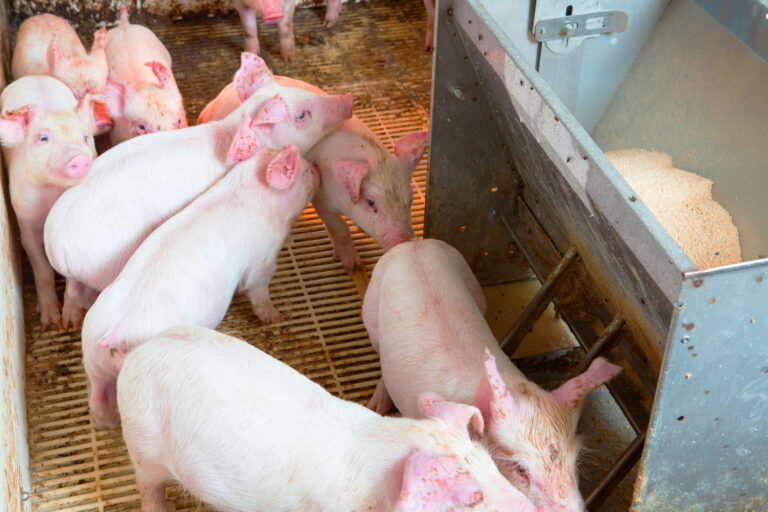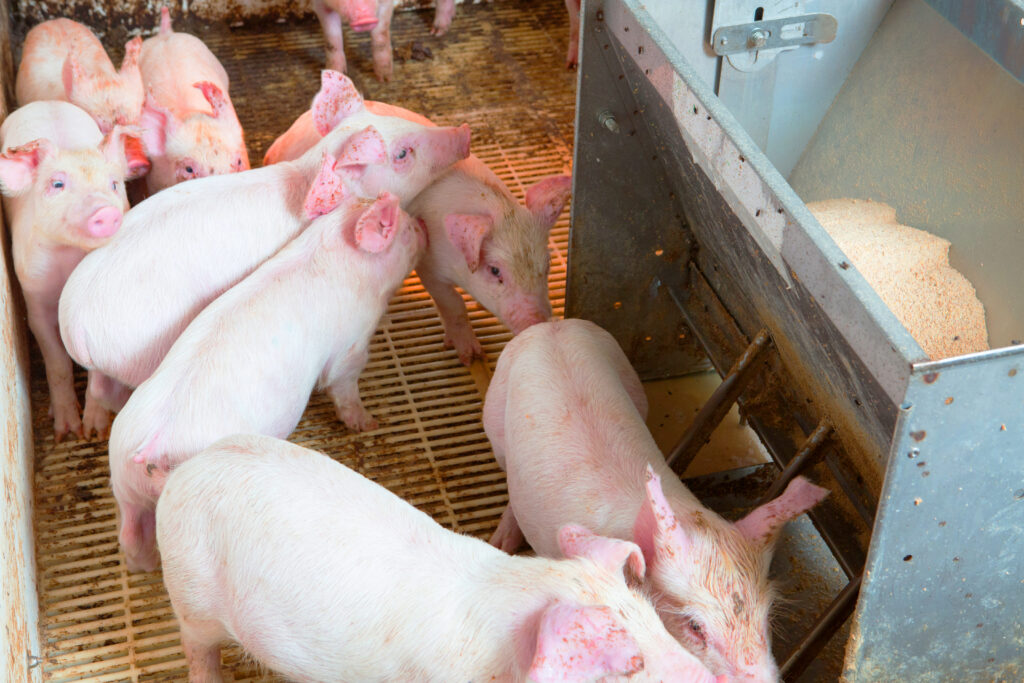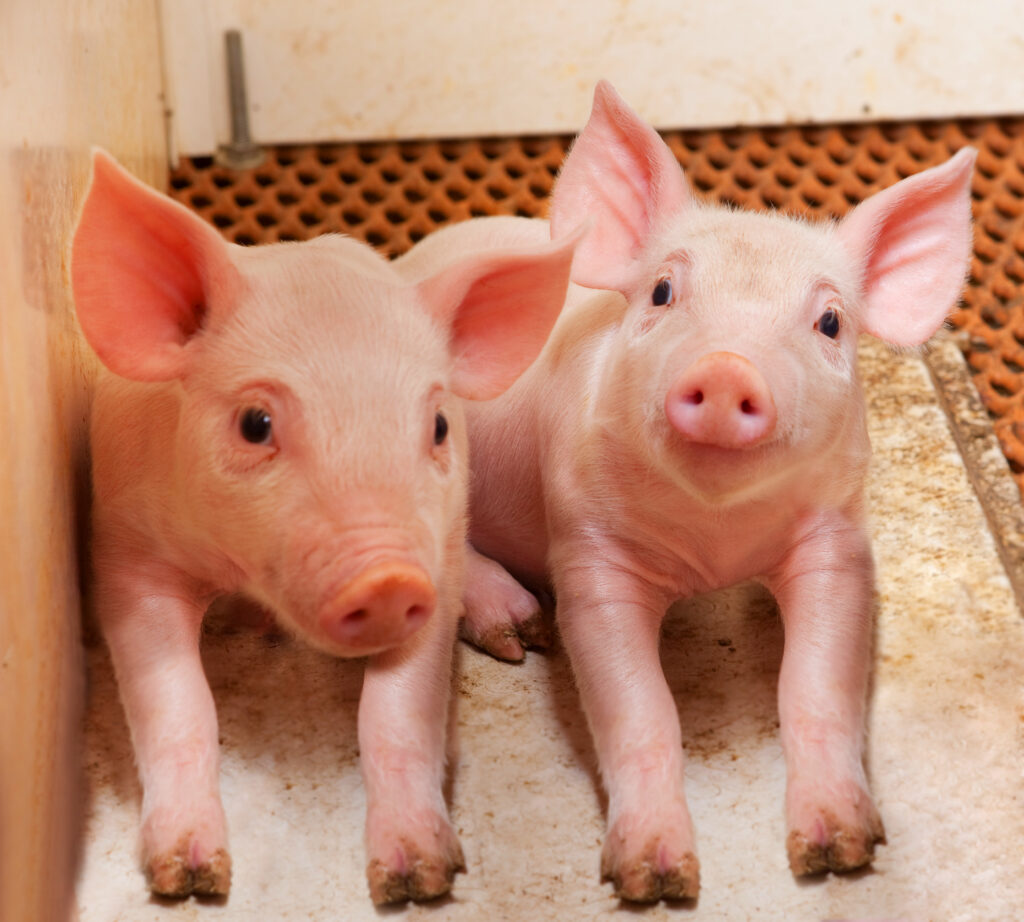Pork Commentary, July 5th, 2021
Jim Long, President-CEO, Genesus Inc.

Everyday we hear about new PRRS breaks. The latest is that 4 – 6,000 sow units being depopulated. It appears PRRS 144 is ripping through Midwest. Some PRRS serotypes you can shut down by closing herd and waiting. It appears 144 doesn’t abate, pigs continue to abort and die. Some see best solution is emptying sow herd and start again. Some of the farms depopulating are filtered, so much for that as a sure prevention measure.
The 144 PRRS in our opinion is at a level that is cutting production on a significant level. It will be hog price supportive.
Other Observations
Last week U.S. cash early wean pig averaged $44.49 each (40 lb. feeders $67.36). A year ago cash early weans were $6. The price increase is a reflection of the higher hog market but also the demand created by nurseries and finishers that are empty due to shortage of pigs caused by PRRS breaks.
Iowa – S. Minnesota hog weights are a real barometer of the current status of market ready hogs.
Iowa / S. Minnesota
Ave. Slaughter Weight (lbs.)
| 2020 | 2021 | 5/year average | |
| January – first week | 289.0 | 293.0 | 286.0 |
| June 26 | 284.5 | 276.9 | 279.5 |
| Decrease Jan – June | 4.5 | 16.1 | 6.5 |
It doesn’t take a Chicken Little Economist to see the huge decline (16.1 lbs.) we have seen in hog weights this year compared to last year or the 5-year average. Packers have been chasing hogs and producers have delivered. The 5-year low yearly average is 277 lbs. and that is usually around the first of August. We are at 277 lbs. a month earlier this year. This tells us over the next few weeks, if hog weights hold, slaughter will need to decline. In our opinion whatever scenario happens there will be less pork in the coming weeks compared to a year ago.
NPPC is the U.S. swine lobbying group in Washington. There was an announcement in January of further money from U.S. government for CFAP (a match of CFAP 1). Since then, Cattle – crops have gotten their Covid top up money. Pigs not. We hear repeatedly from NPPC how effective they are in representing producers’ interests. Seems other commodities have gotten what was promised. Why cattle got but not hogs? Better people – organisations representing them? A year ago Covid issues had early weans at $6, market hogs National price 30¢ lb. Losses over $40 per head. It was a Covid induced disaster. We understand there are people leaving at NPPC executive level. Hopefully a new fresh team will push harder for the interests of all producers.
We will be speaking at the annual National Pork Industry Conference (NPIC) in Wisconsin Dells next week. We will speak on our observations of the Global Hog Market and what it means to U.S. producers. We look forward to seeing you at NPIC.
Weekly sow slaughter is running at 62,000 per head level. Hard to put in context re herd building or liquidation. Sow mortality at record levels, PigCHAMP data base 13.9% last year (the highest ever), the genetic induced prolapse issue is spiking mortality. Some producers from Genetic Company A tell us 25-32% of sows shipped are receiving no value. This won’t be counted in sow slaughter data. It’s an epidemic sweeping through the sow base. How long can producers tolerate this sow loss armageddon. Dead sows don’t give pigs.
Summary
We expect hog prices to stay strong with pork cut-outs at $1.15 end of last week. A high number that we all dreamed about 6 months ago. We expect pork supply to decline in coming weeks adding strength. High feed prices are challenging profitability going into fall and beyond. We expect lean hog prices will be higher than futures indicate currently fall and winter




























National Pork Industry Conference
Pork Commentary, July 12th, 2021
Jim Long, President-CEO, Genesus Inc.
Today we are on the way to the National Pork Industry Conference (NPIC) in Wisconsin Dells, Wisconsin. It’s a major annual swine industry event with close to 1,000 participants. Tonight, Genesus will hold a reception for several hundred participants and Monday we will be speaking on a Global Swine Market update. After the pandemic shut down of the last year it’s great to interact personally with industry people. Sitting in one spot shut down, zoom calling, it’s not our idea of a good time. We will give observations of what the NPIC and other industry going on, in next week’s Commentary.
USDA CFAP
Last week we wondered why USDA CFAP 1 top-up has been paid to Cattle, Corn etc. producers but not swine. We wondered what NPPC (National Pork Producers Council) is doing about it. We had searched their website and found a gambit of subjects but nothing that relates to CFAP 1 and the 100’s of millions of dollars committed by the U.S. government to swine producers. Is NPPC -MIA missing in action? Seems strange, six months after U.S. government announcement and more importantly after Cattle, Crops received their top-up in billions of dollars, swine nothing? As the saying goes “Houston we have a problem!” The recent announcement of executives leaving NPPC is an opportunity to find new leaders that can get results, not just go to meetings. At the NPIC it will be the opportunity to ask NPPC what they are doing to CFAP top-up? Also, it doesn’t hurt to call your Senator and/or Congressperson’s office. Swine Production is an important part of the food chain. The money committed in CFAP was for economic issues caused by pandemic. The hog price was disastrous, swine producers are being treated like second-class citizens.
Markets
Seems to us the U.S. market is holding. Pork cut-outs have gained strength, slaughter weights have decreased 16 lbs. from January, meaning lots of hogs pulled ahead. We expect slaughter weights to remain low and Packers continue to chase hogs. The 144 PRRS issue is a big enough deal to cut production from what would have been expected in the fall and winter. Nothing, in our opinion, happening to increase production despite high hog prices.